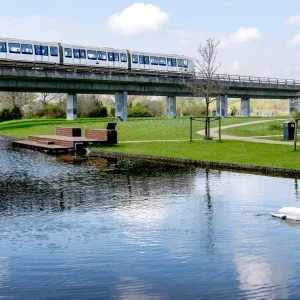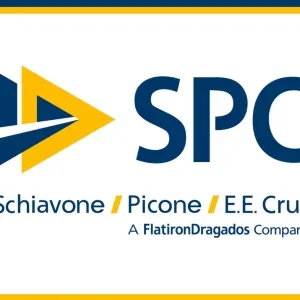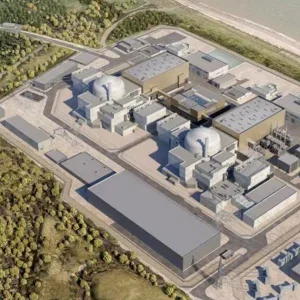The use of the VSM allowed the sinking of the shafts through near-surface water aquifers, due to the fact that the machine is designed to work underwater with a shaft lining being lowered behind.
A spokesperson for subcontractor Joseph Gallagher explained that “typically, shaft lining would be created from pre-cast concrete segments but, in conjunction with contractors Careys Civil Engineering and Joseph Gallagher Limited, Sirius utilised a new ‘slip form’ technique to pour the concrete lining. Using this technique, by continuously pouring the shaft walls simultaneously with the VSM’s excavation activity, the team was able to line the shaft more safely, rapidly and cost-effectively. Cutting-edge 3D, 4D and virtual reality (VR) modelling technologies were also used to digitally construct the shaft, forecasting a range of possible outcomes for each aspect of the construction process.”
The shaft is one of four in total on the project. Three will be at the Woodsmith site, two of which are deep shafts with a large diameter foreshaft (for mining purposes) which will be excavated by SBR to a 1.55km depth. This 360m shaft is for TBM launch.
The local geology consists mainly of Redcar Mudstone, but the shafts have had to go through sandstone and an aquifer.
Site personnel spoke to Tunnels and Tunnelling in April on the VSM and said, “Grouting has a 95% success rate, and you are not always sure how long to leave for the process. With the VSM, there is no need for piling or d-walling. It gave us a level of certainty in the schedule and of the protection given to the local aquifers.”







